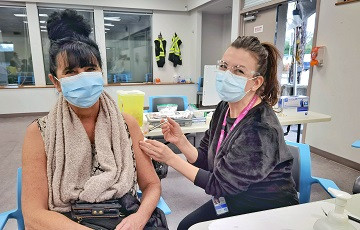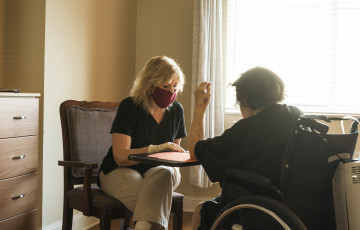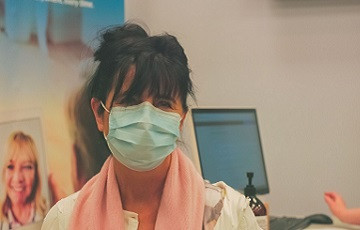Community Virtual Care offers virtual supportive care to clients with a life-limiting or palliative end-of-life diagnosis. Clients are supported by registered nurses from the comfort of their home, creating an additional connection between you and your local care team, using telephone calls and virtual visits.
Benefits of Virtual Supportive Care
The Virtual Supportive Care program helps you to manage your changing health needs before emergencies happen. Your nurse will provide education and coaching so that you and your caregiver (if applicable) feel more confident to manage at home.
The program is time limited and inclusion in this program can be in addition to other Community Health Services that you already have in place.
What’s involved in Virtual Supportive Care?
You and your nurse will connect regularly by phone and secure face-to-face video conferencing (optional). The nurse will support and educate you on how to best manage changes in your condition and recognize emergencies.
If you have a doctor or nurse practitioner, your nurse will be in contact with them throughout your enrolment. You don’t need to have a doctor or nurse practitioner to enroll in the program.
How to Participate in in Virtual Supportive Care
This free, time-limited program is available to anyone living in an Island Health region who is diagnosed with a life-limiting or palliative condition. Clients do not need to have B.C.
Palliative Benefits or a primary care provider to participate. If you or your family member have a life-limiting or palliative diagnosis, speak with your physician or nurse practitioner, or call your Regional Community Access office to find out if this program is a fit for you.
North Island: 1-866-928-4988
Central Island: 1-877-734-4101
South Island: 1-888-533-2273




